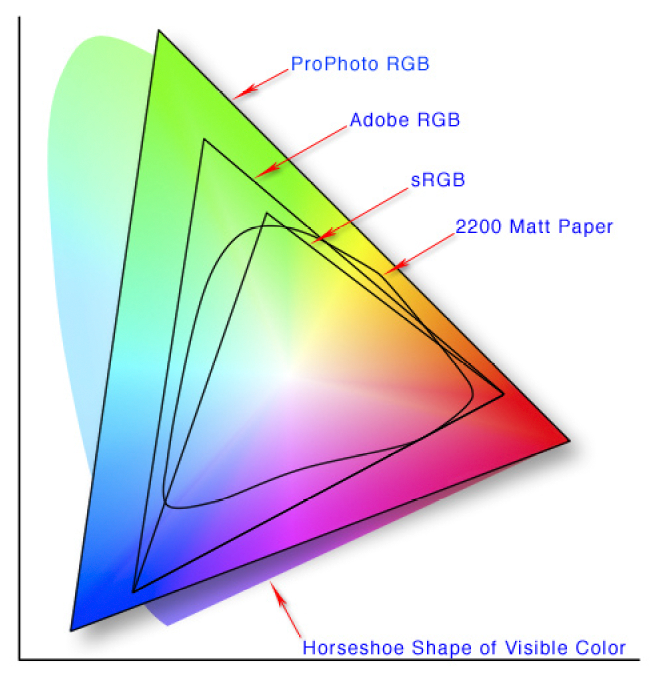The radius for a triathlete is actually 3 individual trajectories drawn out from the ~center~ towards run, bike & swim. It's the distance of the run-bike-swim that determines how far south of the ~equator~ you are aiming (on the RP side). These are your primary trajectories as a triathlete, and how far they extend from the center is based on how developed you are as a run-bike-swimmer.
After the competitive season of this aspiring triathlete, if they are serious about their training, they could let those run-bike-swim trajectories "go to sleep" for awhile. Learning the five basic barbell movements in that time would show up on the Map as a due North trajectory. This would accomplish two things 1) a thorough recovery of the aerobic system and 2) the tools to build general strength.
We see space around the circle inbetween the sports that are listed only to be able to read what is written. They actually overlay one another because the bioenergetics of some sports are so similar to one another. In the case of CF, there would be trajectories pointing out in every direction from the center. North, south, east and west and everywhere inbetween.... that is the goal. By definition, CFers strive to be 80% of all sports.
The Map is conceptual. For instance, if you had two people and they were expressing their full genetic potential on the exact same trajectory the sum is different based on their genetics (if one were using one Map for two people). One individual could can always lift a kilo more or run a 100th of a second faster based on their limb proportions, neurological connection, the robustness of their endocrine system and even intelligence.
The Map is intended to paint a very broad picture so my clients understand the bigger picture. This way I can talk 'em down when I suggest that they don't need to run-bike-swim for a month or two and their run-bike-swim will still improve.
And yes, I'd like to have sample Maps. I think that would be very helpful.








 Reply With Quote
Reply With Quote



